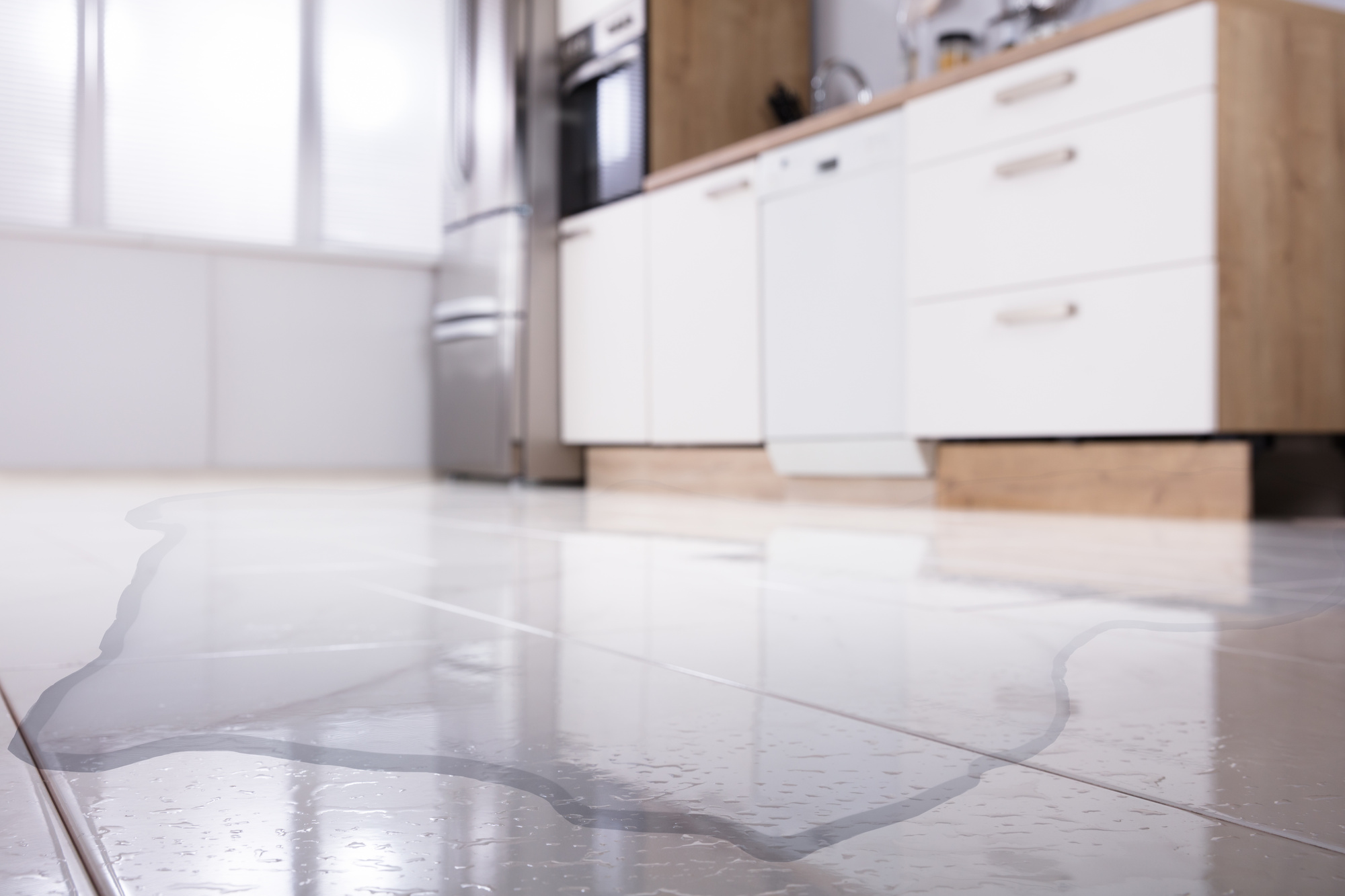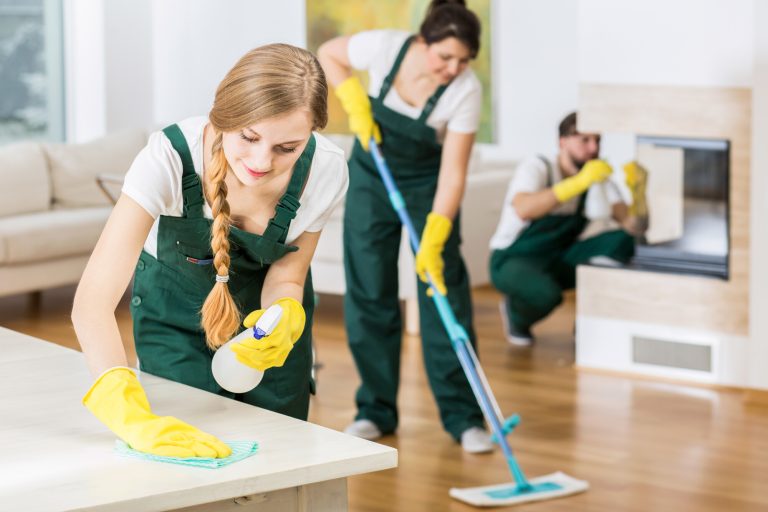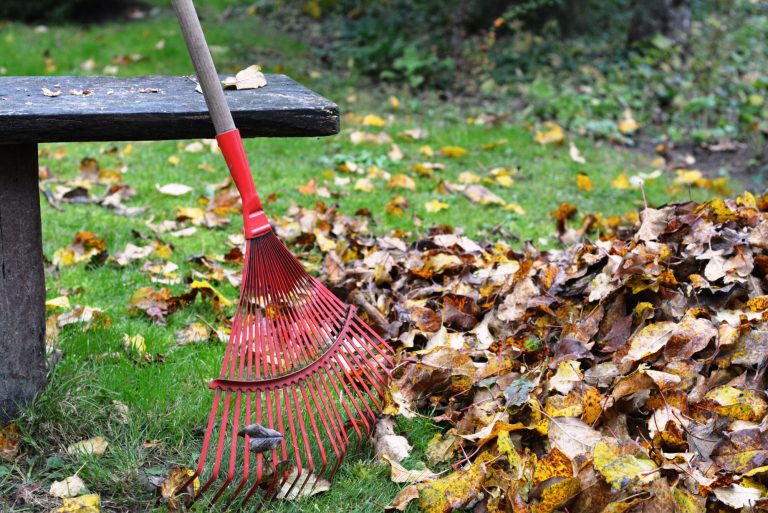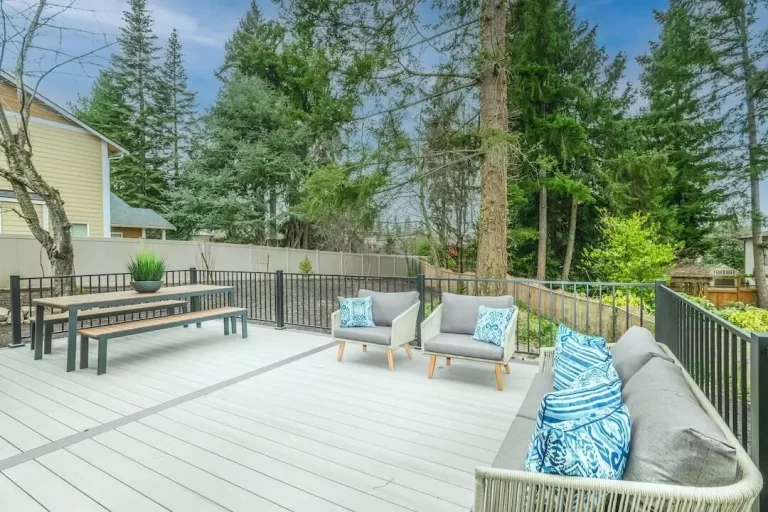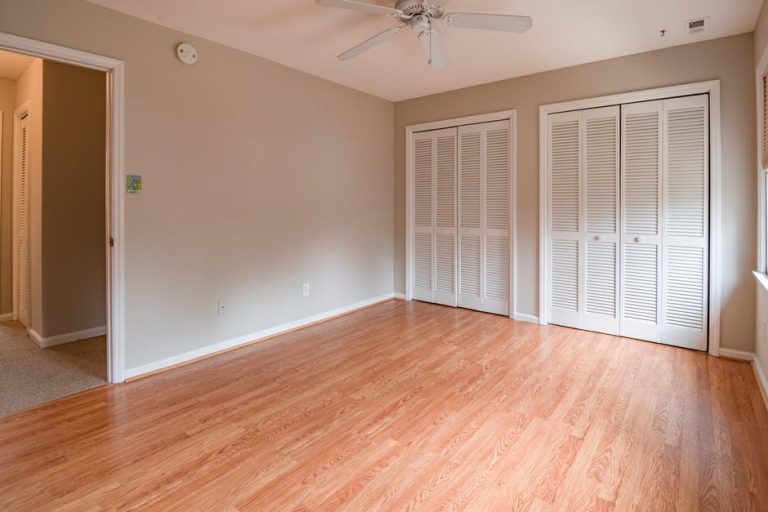6 Best Tips for Water Damage Repair
One inch of floodwater can cause more than $25,000 in damage.
Water damage is a common problem that affects many households. It’s caused by various factors, such as floods, leaking pipes, or malfunctioning appliances.
When left unattended, water damage can lead to structural damage, mold growth, and health hazards. The key to preventing home water damage is to catch the problem before it gets out of hand.
If you are wondering about the best tips for water damage repair, this short and simple guide is for you.
1. Safety First
Before you touch anything, make sure that the area is safe.
Remove any electrical appliances and tools that could cause an electric shock. Turn off the power supply to your home before you clean up the water damage.
If there is a chance of electrocution in your home, call a professional electrician immediately.
2. Assess the Damage
After you have made sure that your home is safe, assess the damage.
Check for any structural damage to your home. If you have experienced flooding, check for water damage on the ceiling, walls, and floors of your home.
If there are cracks or holes in your walls or floorboards, call a professional builder immediately.
3. Remove the Water
The next step is to remove the water from the affected area.
You can use a wet-dry vacuum, mop, or towels to soak up the water. Ensure that you remove all the water to prevent further damage and mold growth.
If you need help, consider calling indoor flood emergency water damage today.
4. Dry the Area
Once you have removed the water, you need to dry the affected area.
Use fans, dehumidifiers, and open windows to promote air circulation and evaporation. You can also use a dehumidifier to reduce the moisture content in the air.
This will prevent mold growth and help dry out the area faster.
5. Disinfect the Area
Water damage can introduce harmful bacteria and other contaminants to your home.
Therefore, it is important to disinfect the affected area to prevent the spread of germs. You can use an all-purpose cleaner or a cleaning solution that contains bleach.
Be sure to follow product instructions and do not mix bleach with other chemicals or cleaners.
6. Repair Structural Damage
Once you have dried out the area and disinfected it, you may need to make some repairs.
If the water has caused structural damage, hire a professional to make the repairs. This includes fixing cracks, mold, and mildew that may have formed on walls or ceilings.
If you have a lot of wall space affected by mildew or mold, it’s best to hire professionals for the job.
Water Damage Repair Is Important
Water damage repair can be an enormous expense, but it’s often necessary.
If you want to save money and do the repairs yourself, make sure you have the right tools and equipment on hand before beginning. It’s also important to know when it’s time to call in a water damage repair service for help.
Don’t forget to browse our site for advice on animals, homes, sports, and more.
